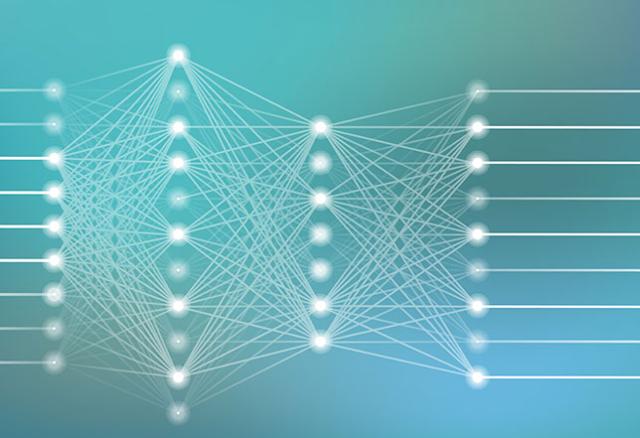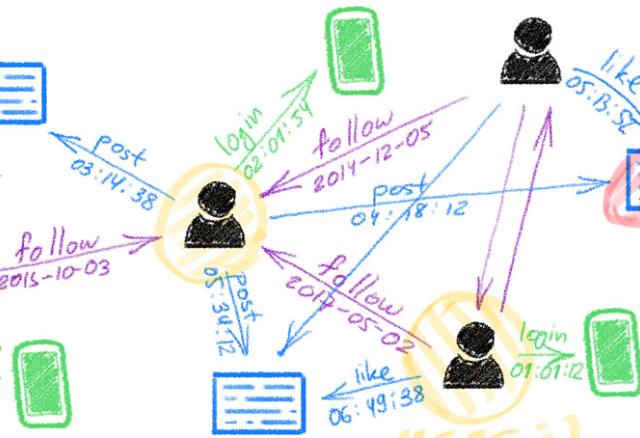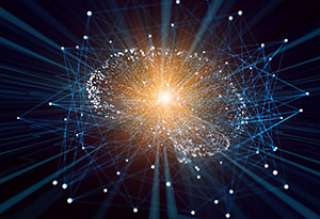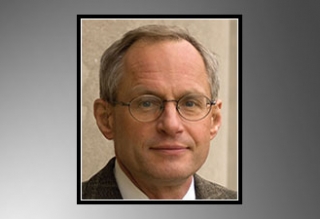Scope
 The Machine Learning for Signal Processing Technical Committee (MLSP TC) is at the interface between theory and application, developing novel theoretically-inspired methodologies targeting both longstanding and emergent signal processing applications. Central to MLSP is on-line/adaptive nonlinear signal processing and data-driven learning methodologies. Since application domains provide unique problem constraints/assumptions and thus motivate and drive signal processing advances, it is only natural that MLSP research has a broad application base. MLSP thus encompasses new theoretical frameworks for statistical signal processing (e.g. machine learning-based and information-theoretic signal processing), new and emerging paradigms in statistical signal processing (e.g. independent component analysis (ICA), kernel-based methods, cognitive signal processing) and novel developments in these areas specialized to the processing of a variety of signals, including audio, speech, image, multispectral, industrial, biomedical, and genomic signals. The MLSP TC is focused on fostering research in these areas, the application of these techniques, and in educating the technical community about research developments in these areas.
The Machine Learning for Signal Processing Technical Committee (MLSP TC) is at the interface between theory and application, developing novel theoretically-inspired methodologies targeting both longstanding and emergent signal processing applications. Central to MLSP is on-line/adaptive nonlinear signal processing and data-driven learning methodologies. Since application domains provide unique problem constraints/assumptions and thus motivate and drive signal processing advances, it is only natural that MLSP research has a broad application base. MLSP thus encompasses new theoretical frameworks for statistical signal processing (e.g. machine learning-based and information-theoretic signal processing), new and emerging paradigms in statistical signal processing (e.g. independent component analysis (ICA), kernel-based methods, cognitive signal processing) and novel developments in these areas specialized to the processing of a variety of signals, including audio, speech, image, multispectral, industrial, biomedical, and genomic signals. The MLSP TC is focused on fostering research in these areas, the application of these techniques, and in educating the technical community about research developments in these areas.
Highlights From the MLSP TC
The huge success of this wave of artificial intelligence (AI) has primarily been driven by machine learning, which provides the essential tools for analyzing signals and data that are ubiquitously available today. The MLSP TC aims at fostering novel machine learning methodologies for both longstanding and emergent signal processing applications of a broad range.
Check out this spotlight article to learn more about the MLSP TC's recent activities.
Seeking New Members
We are currently seeking nominations for new members of the MLSP TC. All candidates must be current IEEE and SPS members. They can be self-nominated or nominated by Technical Committee members. Members will serve a term of three years. At the end of the first term, current Technical Committee members may also be nominated for a second consecutive term. Past Technical Committee members are eligible to be nominated for an additional term, but at least a three-year gap in service is required. New members must be willing to review papers within the area of the Technical Committee, which are submitted to the Society’s conferences, review papers for workshops owned or co-owned by the Technical Committee, serve in the subcommittees established by the Technical Committee, and perform other duties as assigned.
The deadline for submitting applications is September 19, 2025.
The Nomination and Self-Nomination forms can be found here:
Either of these forms should be submitted together with a CV (both files in PDF) directly to the Member Nomination & Election Subcommittee and TC Chairs.






 The Machine Learning for Signal Processing Technical Committee (MLSP TC) is at the interface between theory and application, developing novel theoretically-inspired methodologies targeting both longstanding and emergent signal processing applications. Central to MLSP is on-line/adaptive nonlinear signal processing and data-driven learning methodologies. Since application domains provide unique problem constraints/assumptions and thus motivate and drive signal processing advances, it is only natural that MLSP research has a broad application base. MLSP thus encompasses new theoretical frameworks for statistical signal processing (e.g. machine learning-based and information-theoretic signal processing), new and emerging paradigms in statistical signal processing (e.g. independent component analysis (ICA), kernel-based methods, cognitive signal processing) and novel developments in these areas specialized to the processing of a variety of signals, including audio, speech, image, multispectral, industrial, biomedical, and genomic signals. The MLSP TC is focused on fostering research in these areas, the application of these techniques, and in educating the technical community about research developments in these areas.
The Machine Learning for Signal Processing Technical Committee (MLSP TC) is at the interface between theory and application, developing novel theoretically-inspired methodologies targeting both longstanding and emergent signal processing applications. Central to MLSP is on-line/adaptive nonlinear signal processing and data-driven learning methodologies. Since application domains provide unique problem constraints/assumptions and thus motivate and drive signal processing advances, it is only natural that MLSP research has a broad application base. MLSP thus encompasses new theoretical frameworks for statistical signal processing (e.g. machine learning-based and information-theoretic signal processing), new and emerging paradigms in statistical signal processing (e.g. independent component analysis (ICA), kernel-based methods, cognitive signal processing) and novel developments in these areas specialized to the processing of a variety of signals, including audio, speech, image, multispectral, industrial, biomedical, and genomic signals. The MLSP TC is focused on fostering research in these areas, the application of these techniques, and in educating the technical community about research developments in these areas.
